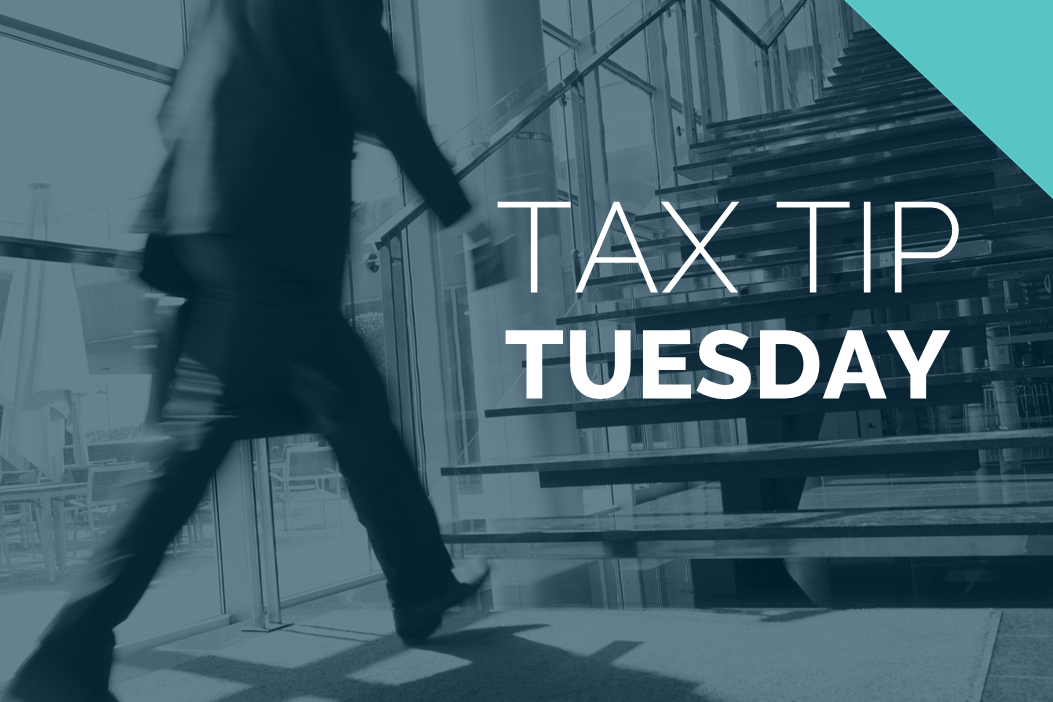Effective May 21, 2023, P&N has joined EisnerAmper. Read the full announcement here.

In December of 2017, Congress enacted, and President Trump signed, the largest tax reform legislation the country had seen in thirty years. This legislation, known as the Tax Cuts and Jobs Act (TCJA) modified many tax laws and, importantly, expanded the availability of accelerated depreciation and Section 179 expensing for taxpayers. This article focuses upon those bonus depreciation and Section 179 expensing changes provided by the TCJA.
Bonus Depreciation
Under the TCJA, the bonus depreciation deduction percentage increased from 50% to 100% for qualified property acquired and placed in service after September 27, 2017 and before January 1, 2023. In total, the law change extended bonus depreciation through 2026, with incremental reductions to the eligible bonus depreciation deduction percentage as shown in the table below.
Deductions and Effective Dates
|
Year Placed in Service |
Bonus Depreciation Percentage |
|
2018 – 2022 |
100% |
|
2023 |
80% |
|
2024 |
60% |
|
2025 |
40% |
|
2026 |
20% |
|
2027 |
Bonus depreciation is scheduled to expire unless legislation is passed to extend it. |
Bonus Depreciation Key Points
- Qualified property eligible for bonus depreciation is personal property with a MACRS recovery period of 20 years or less - for example: machinery, equipment, certain automobiles, and off-the-shelf computer software.
- The TCJA expanded the availability of bonus depreciation to “used” property as long as it is of original use to the taxpayer in the year placed in service.
- Bonus depreciation is not allowed for assets that are gifted, inherited, purchased from related parties, converted from personal use to business use, or disposed in the year of acquisition.
- Bonus depreciation is claimed after the Section 179 expense deduction, if elected, but before the regular depreciation expense deduction.
- Unlike the Section 179 deduction, bonus depreciation has no dollar limitation, nor is it limited by the taxpayer’s taxable income.
Electing Out of Bonus Depreciation
- Bonus deprecation must be claimed unless a taxpayer elects out of the bonus depreciation regime. Once made, this election out cannot be revoked without IRS consent.
- The election out of bonus depreciation must be made by the due date (including extension) of the return for the tax year in which bonus depreciation property is placed in service.
- Importantly, the election out is made not for a single asset, but at the property class level for all assets within the same property class. Property class level refers to the MACRS recovery period classification for an asset.
Section 179 Deduction
Each tax year, a taxpayer may elect to fully expense a fixed amount of depreciable property through the provisions of Section 179.
Section 179 Key Points
- The Section 179 deduction applies to new or used tangible personal property acquired from an unrelated party for use in the taxpayer’s trade or business (e.g., equipment, furniture, business vehicles, and certain qualified real property).
- The Section 179 deduction is not allowed for land or land improvements, leased property, or assets with less than 50% business use.
- The 2019 deduction limit is $1,020,000 with a dollar-for-dollar phase-out as property placed in service during the tax year exceeds $2,550,000.
- The Section 179 deduction is not permitted when a net loss exists or to the extent that the deduction would create a net loss. In contrast, bonus depreciation expense can create a net loss.
Section 179 – Vehicles:
- Passenger vehicles, trucks, and vans that have more than 50% in a qualified business use and weigh 6,000 pounds or less are limited in total depreciation, including both Section 179 deduction and bonus deprecation, to $18,100 for 2019.
- Sport Utility Vehicles (SUVs) are limited to $25,500 total depreciation deduction in 2019. SUVs include four-wheeled vehicles with gross vehicle weight of more than 6,000 pounds but less than 14,000 pounds, not including heavy pickup trucks, vans, and small buses.
We Can Help
P&N tax advisors are available to help you maximize your tax deductions. If you have questions about your business’s options for accelerated depreciation or 179 expensing, contact us today.



